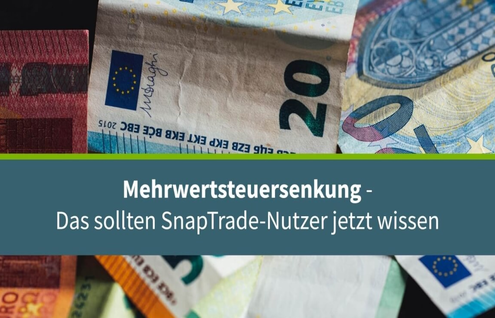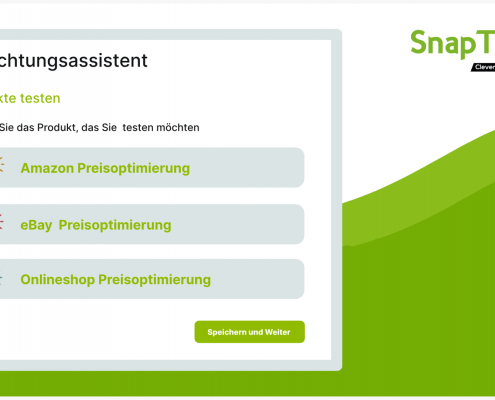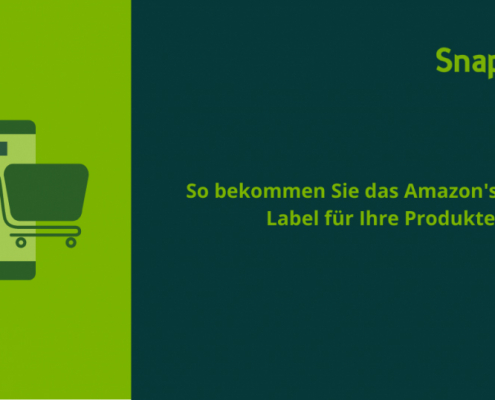Amazon SEO: How merchants achieve a better ranking
With more than 300 million customers, Amazon is the giant among online marketplaces. The e-commerce leader offers small and large retailers a comparatively easy entry into online retailing – with immense reach and a customer base that local retailers can only dream of even in the best of locations.
However, these stimuli mean a lot of competition. To make matters worse, online customers are spoiled these days. Their expectation is to find the best deal quickly and with little effort. Hardly anyone extends their search to the third or the fourth page. Conversely, this also means that retailers who optimize their product pages and make them both informative and user-friendly can gain competitive advantages. This is the main reason why the so-called Amazon SEO has become established.
In this article, we therefore want to introduce you to measures you can take to optimize your product detail pages for Amazon search and thus achieve more sales.
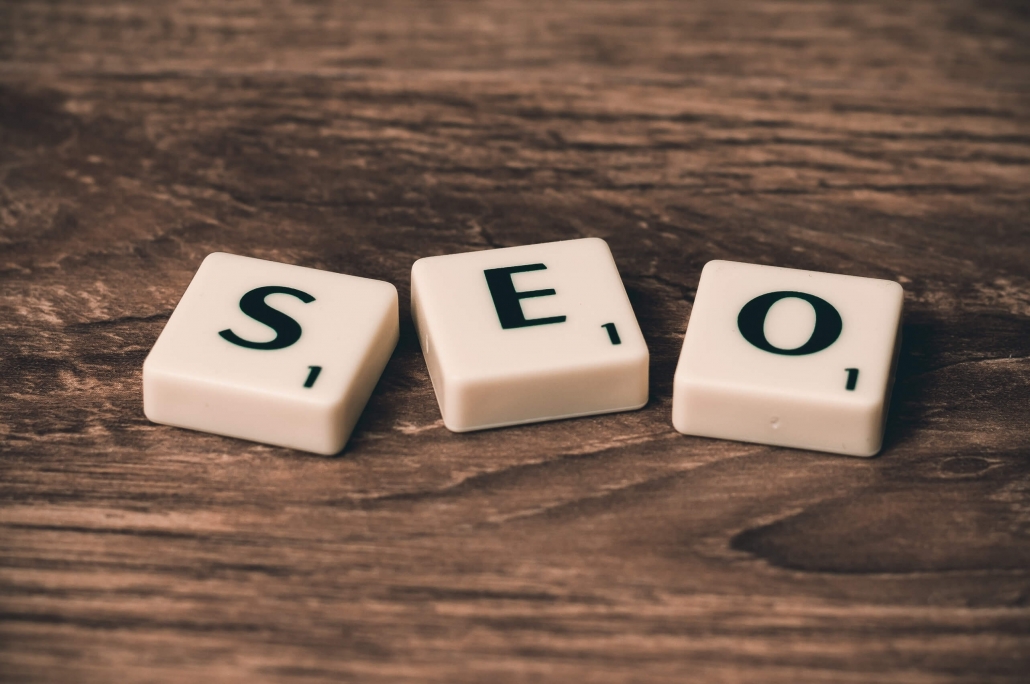
What is Amazon SEO and how does it work?
SEO stands for Search Engine Optimization and refers primarily to conventional search engines such as Google, Bing & Co. However, more and more potential online buyers start their product search directly on the marketplaces. For this reason, measures for so-called Amazon SEO have developed over time. Their primary goal is the same as with classic SEO: an increase in visibility within the search. In this case, however, the venue is the marketplace’s internal product search engine, not Google’s search results pages, the so-called SERPs.
Understanding the A9 algorithm
Responsible for the SEO ranking in the Amazon search is the in-house algorithm A9. Its task is to screen all products listed on Amazon and, in the case of a search query, to assess which items could be relevant for searchers.
The ranking is primarily text-based. Here, too, a parallel can be drawn to traditional search engines, because just like the Googlebot, A9 focuses on key terms, the so-called keywords. Depending on the term, the ranking can therefore be very different: While a placement within the first page is possible for one keyword, it can happen that the product does not appear in the search results at all for a slight change of the keyword. Retailers should therefore think carefully about which terms they want to use in their product titles, product descriptions, bullet points and the like.
Amazon SEO vs. Amazon Backend Keywords: What are the differences?
Merchants who want to optimize the visibility of their products should distinguish between two basic things when it comes to keywords: General Amazon SEO, which is carried out in the frontend, i. e. the area visible to customers, and so-called backend keywords, which – as the name suggests – are maintained in the backend of Amazon Seller Central.
Backend keywords are a separate topic, which we explained in a previous post. Read our guide to backend keywords here, in which we summarize everything you need to know about this topic.
OnPage and OffPage optimizations for a better Amazon ranking
In Amazon SEO, a distinction is made between OnPage and OffPage optimization. OffPage optimization is primarily driven by the image and outward perception of your company and your products. OnPage SEO, on the other hand, is about concrete measures to improve your visibility. In this blog post we will focus on OnPage measures.
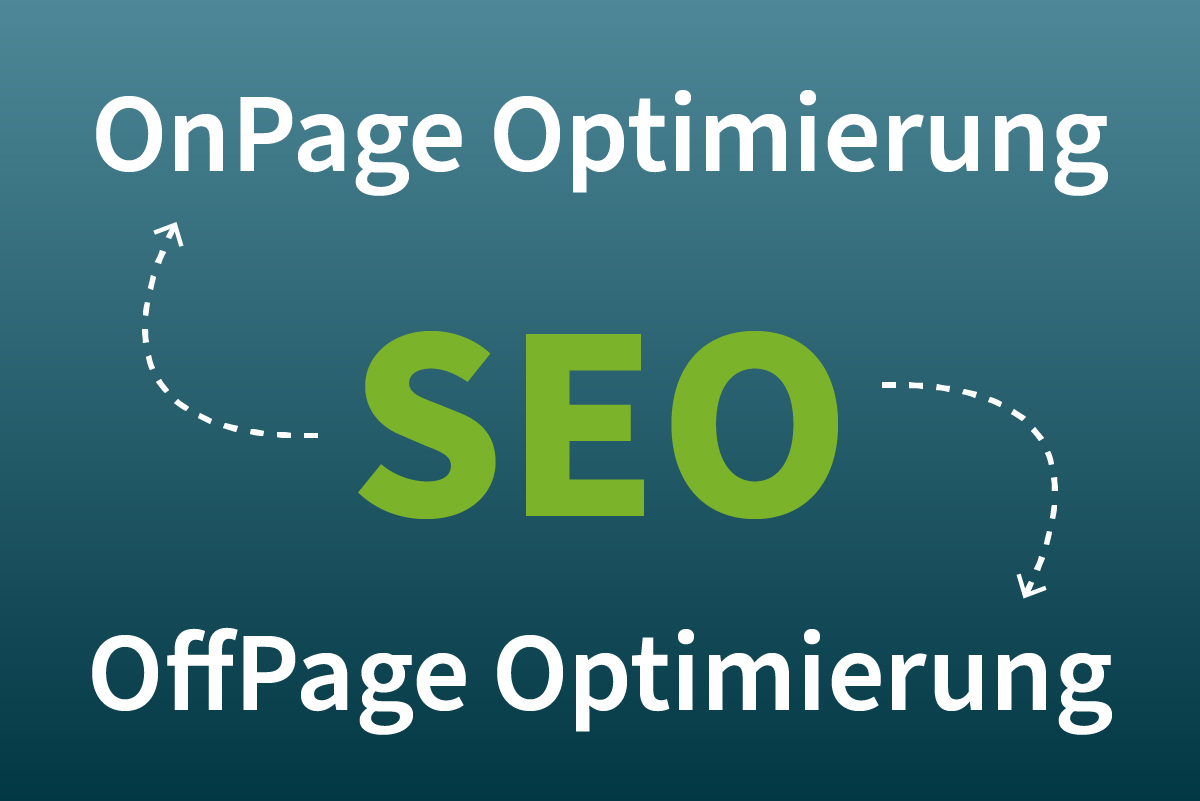
Amazon SEO OnPage
OnPage optimization is about optimizing the factors of a listing that can be directly influenced so that the article can be found for all relevant keywords. The focus is on four areas: Title, attributes, the product description and images.
Keywords in the product title
The product title has the greatest relevance for the classification of an article. Information on how long the product title should be varies between 50 and 200 characters. We recommend that you test different titles and also change the title length if the click rates of your articles do not correspond to your wishes.
Experience shows that the so-called CTR (= Click Trough Rate) suffers from titles that are too long, as they do not always appear attractive to searchers at first glance. Therefore, you should limit the title to one or a few focus keywords that seem most important to you. Amazon itself warns against over-optimized titles and threatens with downgrades in the ranking. Therefore, optimize your titles primarily for the customer, not for the Amazon algorithm.
Keywords in attributes (bullet points)
You can define up to five attributes for each of your products, which appear as a list on the products. These bullet points serve to summarize the most important features of your products in short key points or sentences and to highlight what makes the product special.
In contrast to the product description, which is often only skimmed over by many readers, the bullet points are often given considerably more attention. This is also the reason why they also play a major role in product listings and are an important part of Amazon SEO. The trick is to include relevant terms in the short bullet points and at the same time highlight the greatest strengths of your product. Depending on the product category, you have up to 250 characters available for this.
Keywords in the product description
Compared to the title and the bullet points, the product description is less relevant. Nevertheless, a ranking optimization can be worthwhile if you have already revised the other areas. With a maximum length of 2,000 characters, the description offers the greatest scope for including relevant keywords. At the same time, it can help you turn undecided potential customers into buyers.
Product images
Amazon SEO is also image SEO. You can attach up to nine product images to an article, but it is mandatory to use one main image. Never underestimate the importance of your product images. They are often the only visual element you can offer your customers. Because they are of such great importance, Amazon has defined very clear guidelines for product images:
Image size: Your images must be at least 1,000 pixels long on the longest side and 500 pixels long on the shortest side. However, the zoom function is only supported from 1,000 x 1,000 pixels, so this should be your minimum. You should not exceed 10,000 pixels on the longest side.
Format: In principle, PNG, TIFF and GIF files are supported, but the JPEG format is preferred.
Cropping: The images must be cropped in such a way that the products are shown in their entirety and no part is cut off at the edges. Jewellery is excluded from this rule.
Background: The main image must be shown on a white background and must fill at least 85% of the surface.
Depictions of persons: Except in the case of clothing, persons are not permitted in the main image.
Props, logos and watermarks: There must be no distraction from the product in the images. Therefore, the use of props, logos and watermarks is strictly prohibited.
Texts: Texts are only permitted if they are applied to or associated with the product.
How do merchants achieve the best OnPage optimization?
First and foremost, it is important to define your preferred target group. Knowing one’s customers forms the basis for an effective search for keywords with which the corresponding customers go in search of a product.
To define their target group, retailers should ask themselves the following questions:
Which people buy your product? (Age, gender, origin, interests)
What is their search intention? (Use of single terms or word combinations)
Are there other items that are bought in connection with your product? (Accessories, add-ons)
Does your product have a unique selling proposition? (features to be highlighted)
Use these findings and optimize all relevant information of your product from title to product description.
Find suitable keywords for your Amazon SEO
In our article on Amazon backend keywords, we had already presented possibilities for efficient keyword research. These tools can also be used to find suitable keywords for your frontend. Click here to read our blog post about backend keywords.
Amazon SEO OffPage
Off-page optimization is not about the product itself, but about the outward appearance of the retailer. What so-called backlinks are for Google, customer reviews are for Amazon. The better a merchant is rated, the higher their products will be listed in the search results. But not all reviews are the same. As with backlinks in classic SEO, Amazon reviews now depend on quality and no longer just quantity. The aim here should therefore be to collect as many high-quality reviews as possible.
Conditions are also ranking factors
In addition to keyword-optimized content and reviews as an off-page metric, ranking can also be influenced by conditions. This makes sense, because like most companies, Amazon also works in a customer-oriented manner and has an interest in presenting searchers with the products that offer the best conditions. These are the most important factors:
Pricing
It’s not just in times of rising costs for energy and everyday products that consumers think twice about whether a certain purchase is really necessary – and no one wants to pay too much for an item anyway. For this reason, pricing is one of the most important levers for Amazon SEO. To ensure that a purchase is actually made, Amazon usually lists particularly attractive offers further up in the search results. But be careful: it’s not a good idea to always and constantly undercut your competition, as this will hurt your margins. A better strategy is one that is market-oriented and automatically adapts to a changing competitive situation.
Don’t adjust your pricing by hand – use SnapTrade!
Manual pricing is time-consuming, only lags behind the development of the market and cannot be handled at all above a certain range width. With SnapTrade you can automate your repricing within predefined price ranges and sell your products market-oriented. This saves time and increases your margin.
Availability
What is not available will not be bought. Consequently, non-deliverable items often lose out in the ranking. You should therefore always make sure that sufficient units of your products are in stock and reorder in good time if shortages become apparent.
In addition to availability, the delivery time is also crucial. And how could it be otherwise? The faster, the better.
Prime status
With Amazon Prime, Amazon offers its customers a premium package with many benefits, for example free delivery and / or shortened delivery times. If Prime customers are able to take advantage of these benefits with you, it can have a positive impact on your ranking.
Shipping costs
Shipping costs are an important factor that can influence the awarding of the Amazon BuyBox. Our BuyBox experiment shows that even higher basic prices can be achieved with free delivery. For Amazon SEO, it can therefore be worthwhile to add shipping costs to the price and offer free shipping instead.
Sales Rank
Products that sell well must be good – this assumption probably applies not only to customers, but also to Amazon’s ranking algorithm, because sales rank is also a significant factor. Since this is always assigned by category, a clear grouping of your items is enormously important. If you manage to stand out with the performance of your products, Amazon rewards this achievement with the bestseller label, which brings you even more visibility and an additional trust signal for potential customers.
Conclusion: Who should implement Amazon SEO?
In short, everyone. With an optimized product page and good reviews, marketplace merchants have a real chance of landing high up in the Amazon ranking and generating more sales in this way. The basics of Amazon SEO is not difficult to understand. However, their implementation takes time, which should not be underestimated. This is one of the reasons why agencies have developed over the years whose business model is to help their clients improve their Amazon ranking. But regardless of whether you implement appropriate measures yourself or hire someone to do it for you, optimization will most likely pay off and improve your articles’ KPIs.
Frequently asked questions about Amazon SEO
What is Amazon SEO?
Amazon SEO, like conventional search engine optimization, aims to increase visibility in search. However, it focuses on Amazon search results pages instead of Google, Bing, etc. Since numerous online shoppers now start their product search directly on the marketplaces and no longer go to traditional search engines, Amazon SEO is becoming increasingly important.
Why is Amazon SEO important?
Since the barriers to entry on marketplaces like Amazon are very low, merchants need well-maintained product information to be found at all. Since the product selection is mainly text-based, the selection of suitable terms, so-called keywords, is particularly important for the ranking.
What is the difference between OnPage and OffPage SEO on Amazon?
Like the entire field of Amazon SEO, the terms OnPage and OffPage SEO have been adapted from traditional search engine optimization. While OnPage SEO deals with the actual content around the product, i. e. product titles, attributes, images and descriptions, OffPage SEO focuses on gaining reviews.

